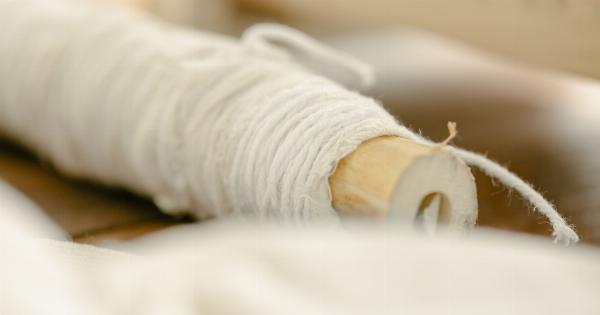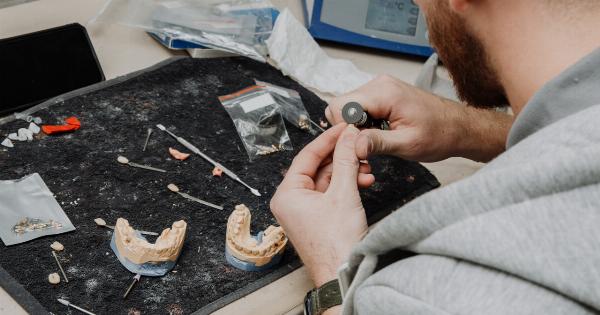If you or a loved one has recently been diagnosed with a blockage in an artery, the idea of having a stent inserted may be daunting. However, stents can be a highly effective treatment method for certain medical conditions.
In this article, we will explore the different types of stents, when they are necessary, and what to expect during and after the procedure.
What are Stents?
A stent is a medical device that is used to prop open blocked or narrowed arteries. They are typically made of metal mesh or fabric and are inserted using a catheter. Once in place, the stent expands, creating a clear pathway for blood flow.
Stents are most commonly used to treat coronary artery disease, which is when the arteries that supply blood to the heart become blocked or narrowed.
Types of Stents
There are two main types of stents: bare metal stents and drug-eluting stents. Bare metal stents are made entirely of metal and do not have any special coatings or coverings.
Drug-eluting stents, on the other hand, are coated with medications that help to prevent plaque buildup and reduce the risk of restenosis, or the re-narrowing of the artery.
When are Stents Necessary?
Stent placement is typically reserved for cases of significant blockages or narrowings in the arteries.
The decision to use a stent will depend on a number of factors, including the location and severity of the blockage, the patient’s overall health and medical history, and the risks associated with the procedure.
Some common conditions that may require stent placement include:.
- Coronary artery disease
- Peripheral artery disease
- Carotid artery disease
- Renal artery stenosis
- Bile duct obstruction
What to Expect During a Stent Procedure
If your doctor determines that a stent is necessary, you will typically undergo a minimally invasive procedure called an angioplasty.
During an angioplasty, a catheter is inserted into a blood vessel in your arm or groin and guided to the blocked artery. A small balloon located on the tip of the catheter is then inflated, pushing the blockage aside and creating a clear pathway for blood flow.
Once the blockage has been opened, a stent is inserted into the artery. The stent is typically collapsed prior to insertion, then allowed to expand once it is in place.
This creates a stable pathway for blood flow and reduces the risk of the artery narrowing again in the future.
What to Expect After a Stent Procedure
After the procedure is complete, you will typically spend several hours in a recovery room to be monitored for any complications. You may be required to lie flat for a certain period of time to help prevent bleeding or other issues.
Your doctor will likely provide you with specific instructions for your recovery.
This may include taking medications to prevent blood clots or reduce the risk of infection, as well as lifestyle recommendations such as eating a healthy diet, getting regular exercise, and quitting smoking.
Risks and Complications Associated with Stent Placement
While stent placement is generally considered safe, there are always some risks associated with any medical procedure. Some potential risks and complications associated with stent placement may include:.
- Bleeding or bruising at the insertion site
- Infection
- Allergic reaction to the contrast dye used during the procedure
- Kidney damage due to the contrast dye
- Blood clots
- Restenosis (the artery narrowing again after the stent is placed)
Conclusion
Stents can be a highly effective treatment method for certain types of medical conditions.
If you or a loved one has been diagnosed with a blockage in an artery, it is important to speak with your doctor to determine whether stent placement may be necessary. As with any medical procedure, there are risks and potential complications associated with stent placement, but your doctor can help you weigh the benefits of this treatment option against its potential downsides.































